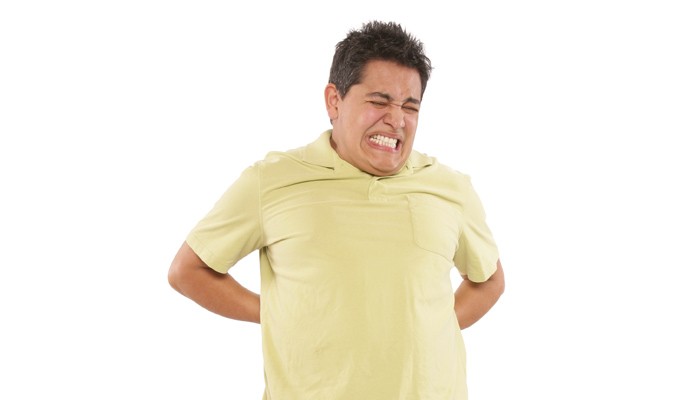6 Tips to Help Relieve Back Pain
Find self-care tips you can try on your own to help with lower back issues — and when you may need to find extra help.

Many of us will feel lower back pain at some stage in our lifetime. In most cases you’ll feel better after a few weeks. If the pain isn't from a serious injury, you may be able to manage it with self-care.
Here are six self-care tips that may relieve back pain:
- Ice the injury. Apply an ice pack (or bag of frozen vegetables wrapped in a towel) to the hurt area as soon as possible after the injury to relieve swelling. Try this for about 20 minutes at a time, two or three times a day.
- Apply heat. After several days of cold packs, try a heat lamp, heating pad or a warm bath to help relax muscles, relieve spasms and increase blood flow to the injured area. Apply heat for 20 to 30 minutes at a time. Don’t sleep on a heating pad as it could burn the skin.
Home remedies with ice and heat have not been medically proven to help heal an injury. But they may provide some comfort. Treatment with cold or heat may not be advised for people with diabetes, circulation problems or numbness or of legs or back.
- Find the most comfortable position. It’s important to take the weight and pressure off your back. Several positions may provide you some relief:
- Lie on one side with a pillow between your knees.
- Lie on the floor with a pillow under your knees.
- Lie on the floor with hips and knees bent.
- Lie on the floor with your hips pulled close to the side of a chair. Pull knees up and rest your legs on the chair so they’re parallel to the floor.
- Limit your bed rest. You might need to rest for a short while, but keep it to one or two days. Too much time in bed could slow your recovery. Move around as soon as you can, even though it might be uncomfortable. Some studies have found that prolonged bed rest after a back injury can make pain worse and lead to blood clots in the legs or depression.
- Stay active. Be active by walking and resuming normal daily activities as soon as possible. This may help with recovery. While exercise may be helpful to some with recurrent or chronic back pain, it is not advised for people with acute back pain.
- Consider medication. Over-the-counter pain relievers like aspirin or acetaminophen may provide relief. For swelling, anti-inflammatory medicines like ibuprofen and naproxen might help. It’s a good idea to call the doctor before taking pain medications as they might interfere with other drugs you’re taking, or have side effects.
Is it time to see the doctor?
Back pain can have many causes. Some require medical help right away and may be a red flag for a potentially serious condition. Alert your doctor if you have back pain that is new if you’re 70 or older, does not resolve, in several weeks, you have a history of cancer or significant bone disease, or if your pain is worse at night or unrelated to activity.
If you are expecting, call your doctor if you develop back pain. While it may be due to some other cause, like over-activity, it’s important to know that some women feel back pain with labor, so it’s best to work with your delivering doctor.
Seek emergency care immediately if your back pain is severe or if it was caused by a serious fall, blow or other injury. Also get medical help right away if it is accompanied by:
- Fainting or light-headedness
- Weakness, numbness or tingling in the legs or groin
- New bowel or bladder problems
- Shaking or chills
- Pain in the chest or abdomen
For the vast majority of us who have simply sprained our backs, it’s important to let your doctor know if you don’t get better after a few days of self-care or if you develop new symptoms. Your doctor may suggest another approach or an evaluation.
By Kristin Nelson, Contributing Writer
Sources
National Institute of Arthritis and Muskuloskeletal and Skin Diseases. Back Pain. Accessed November 16, 2017.
National Institute of Neurological Disorders and Stroke. Low back pain fact sheet. Accessed November 16, 2017.
American Academy of Orthopaedic Surgeons. Low back pain. Accessed November 16, 2017.
UpToDate. Patient information: Low back pain in adults (Beyond the Basics). Accessed November 16, 2017.
Last Updated: November 16, 2017
